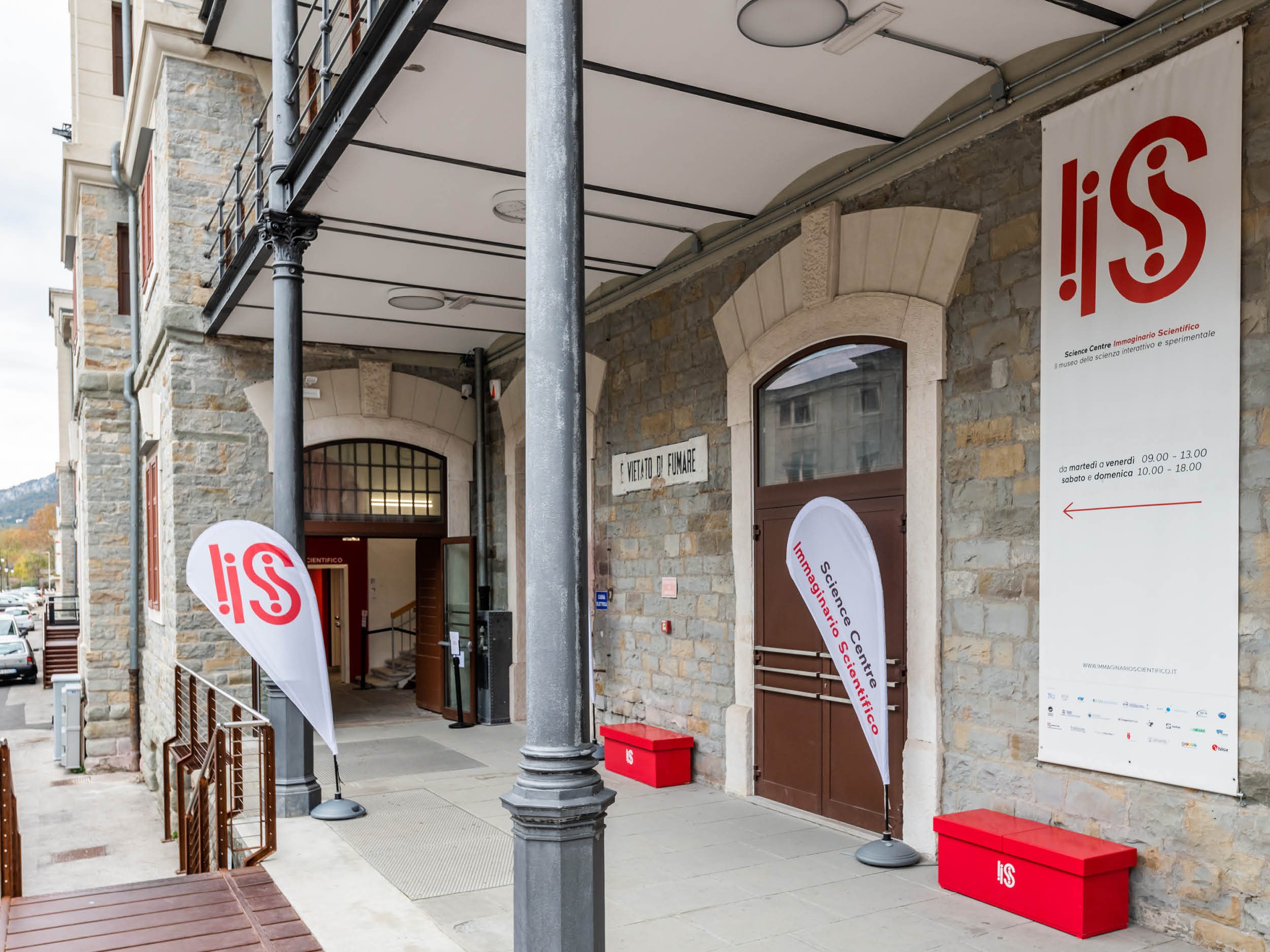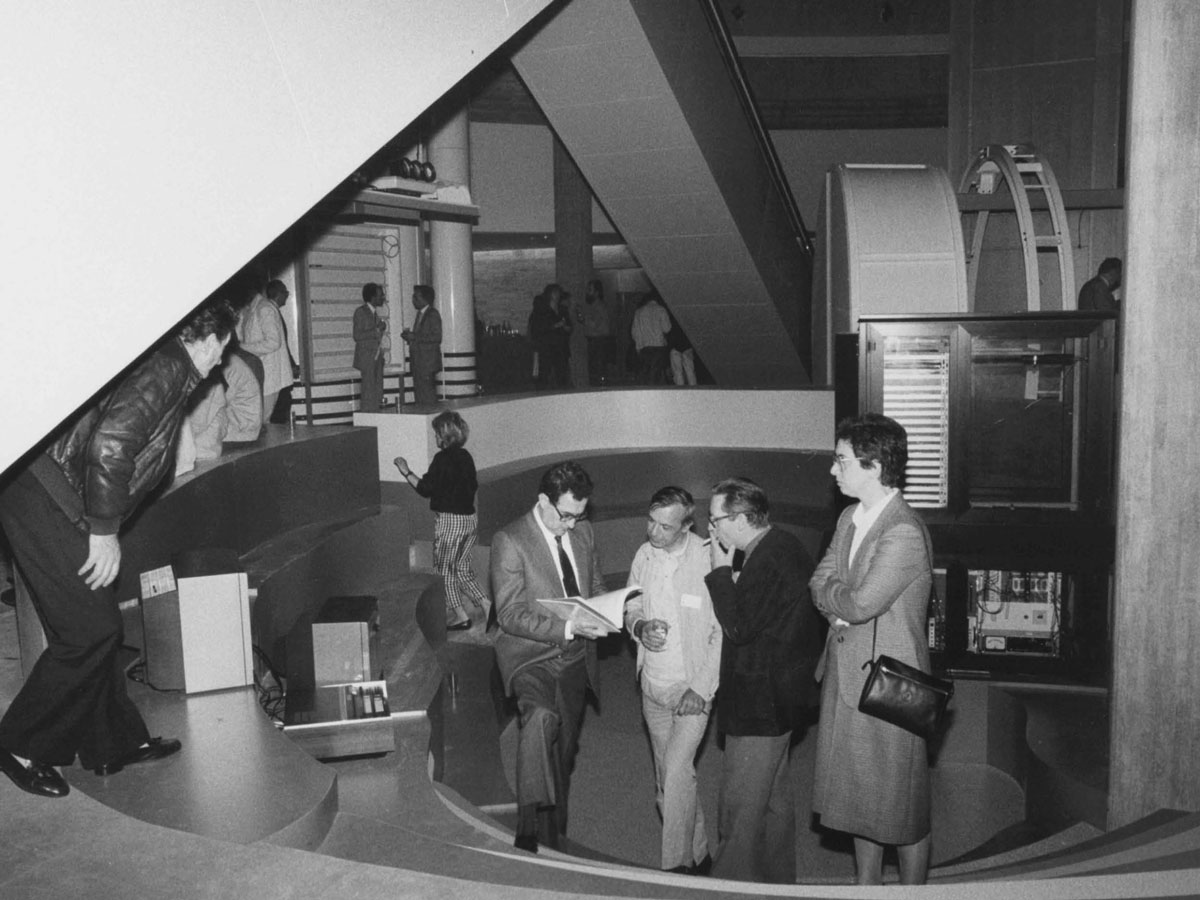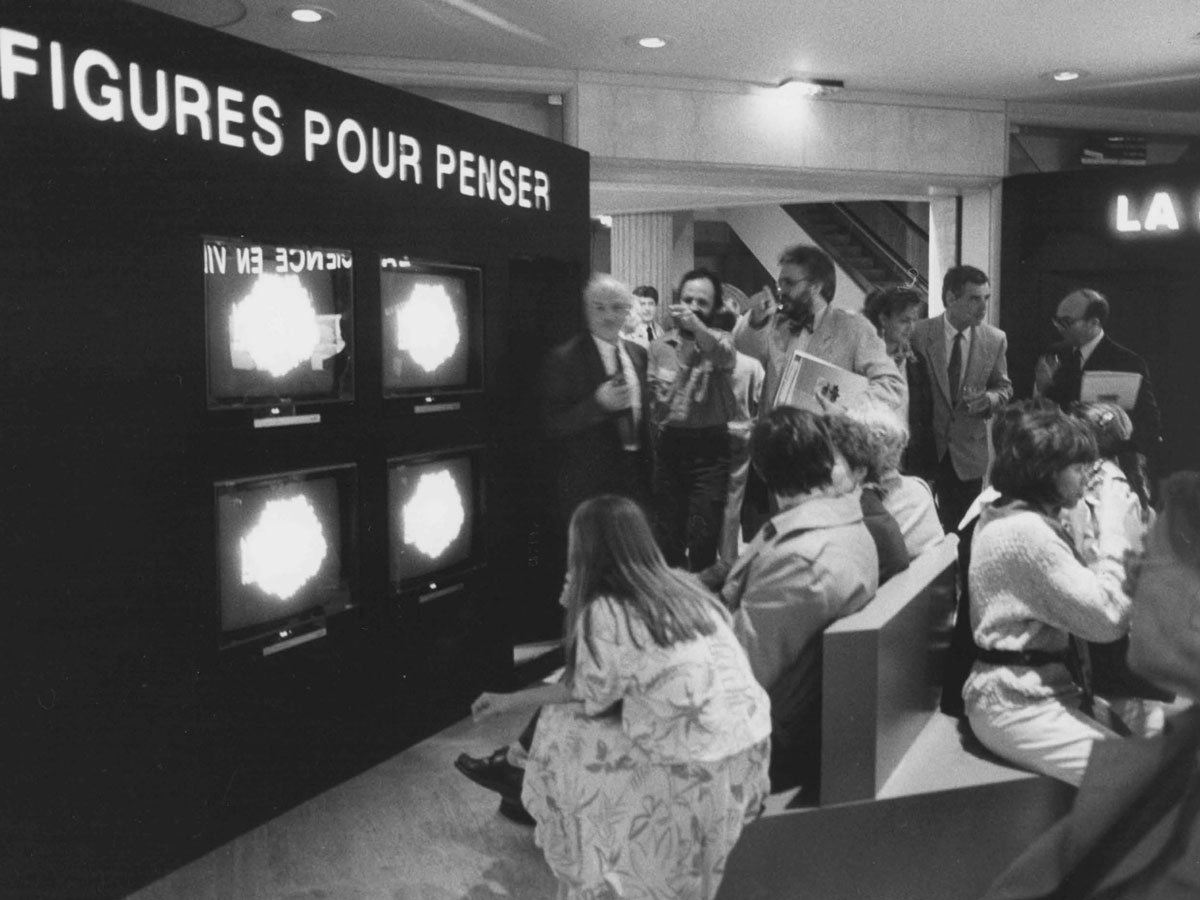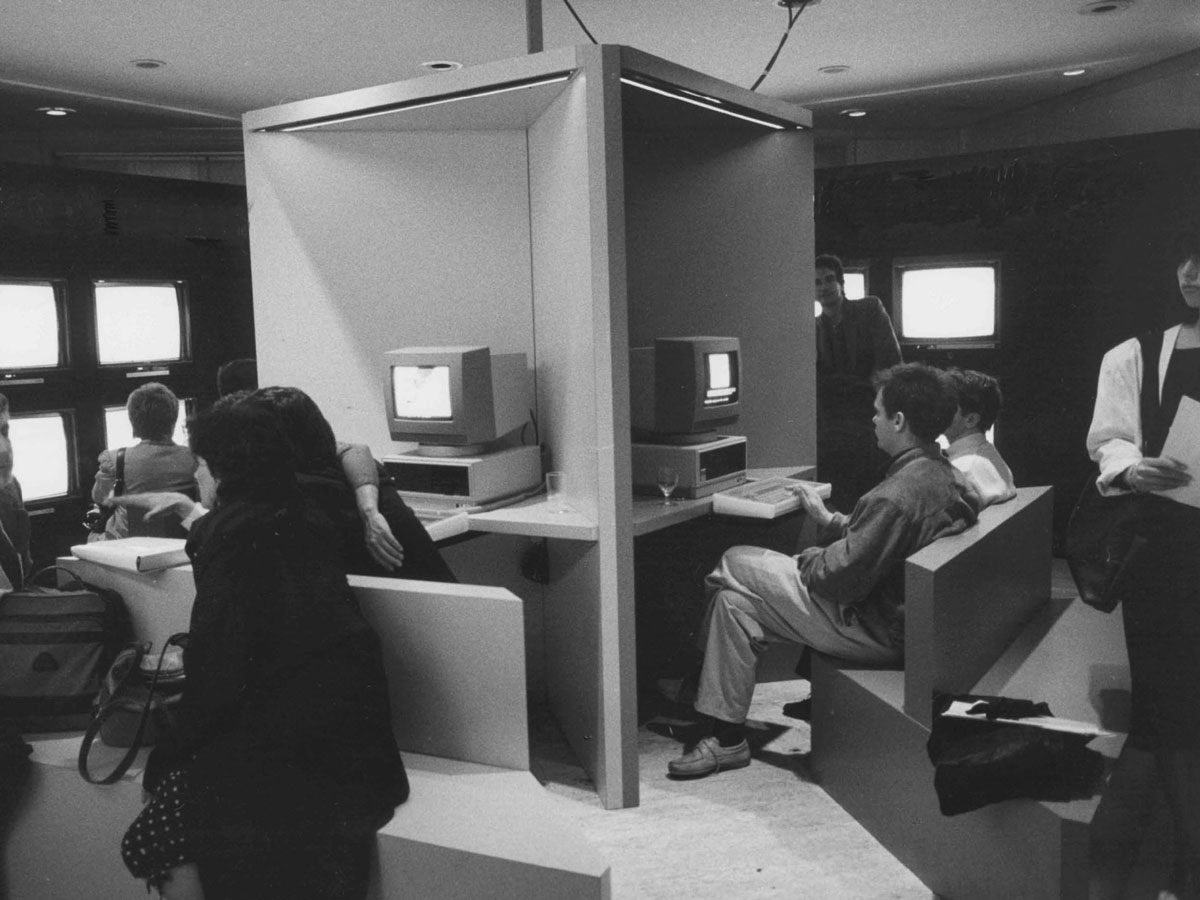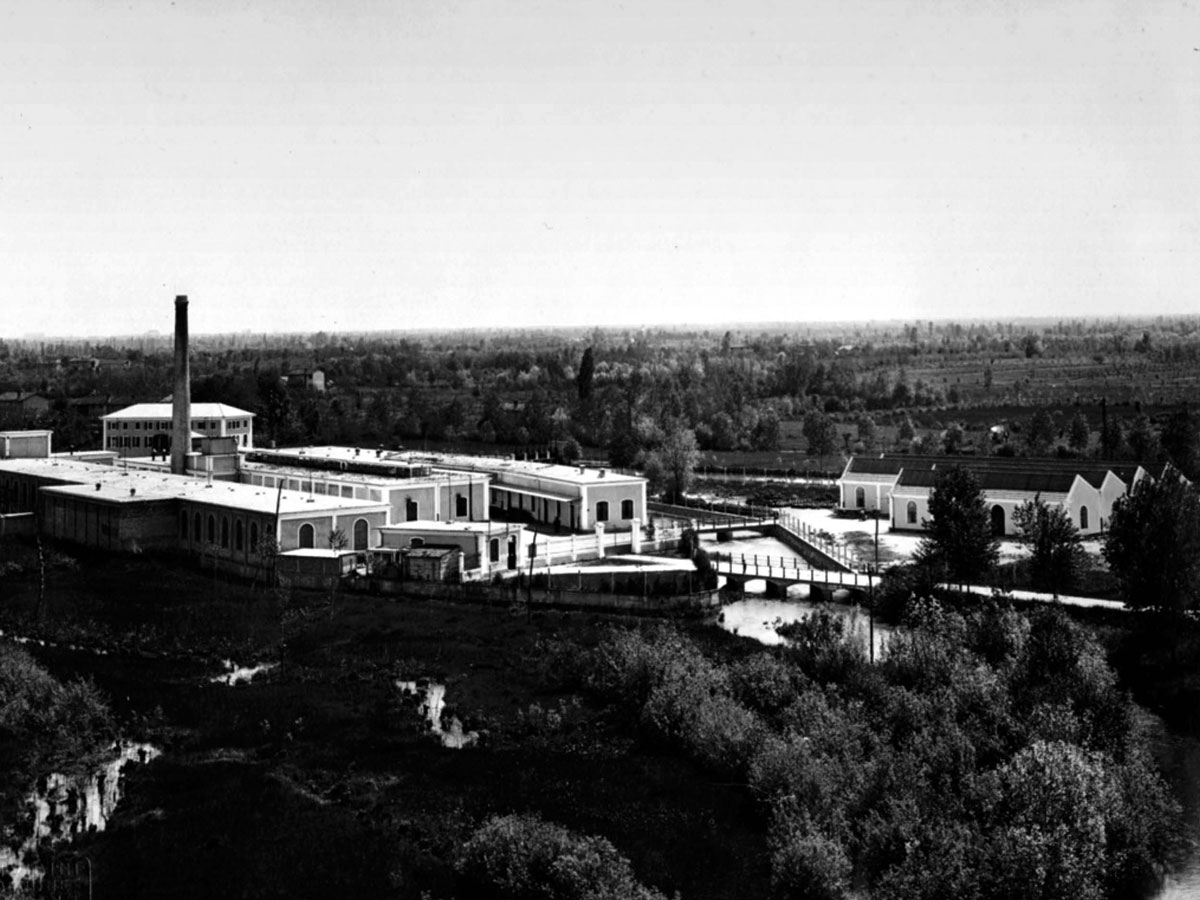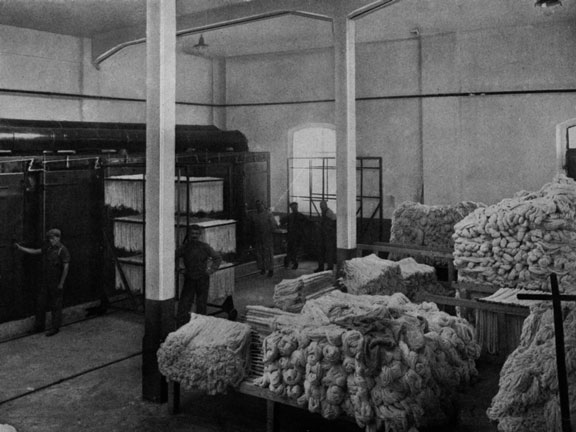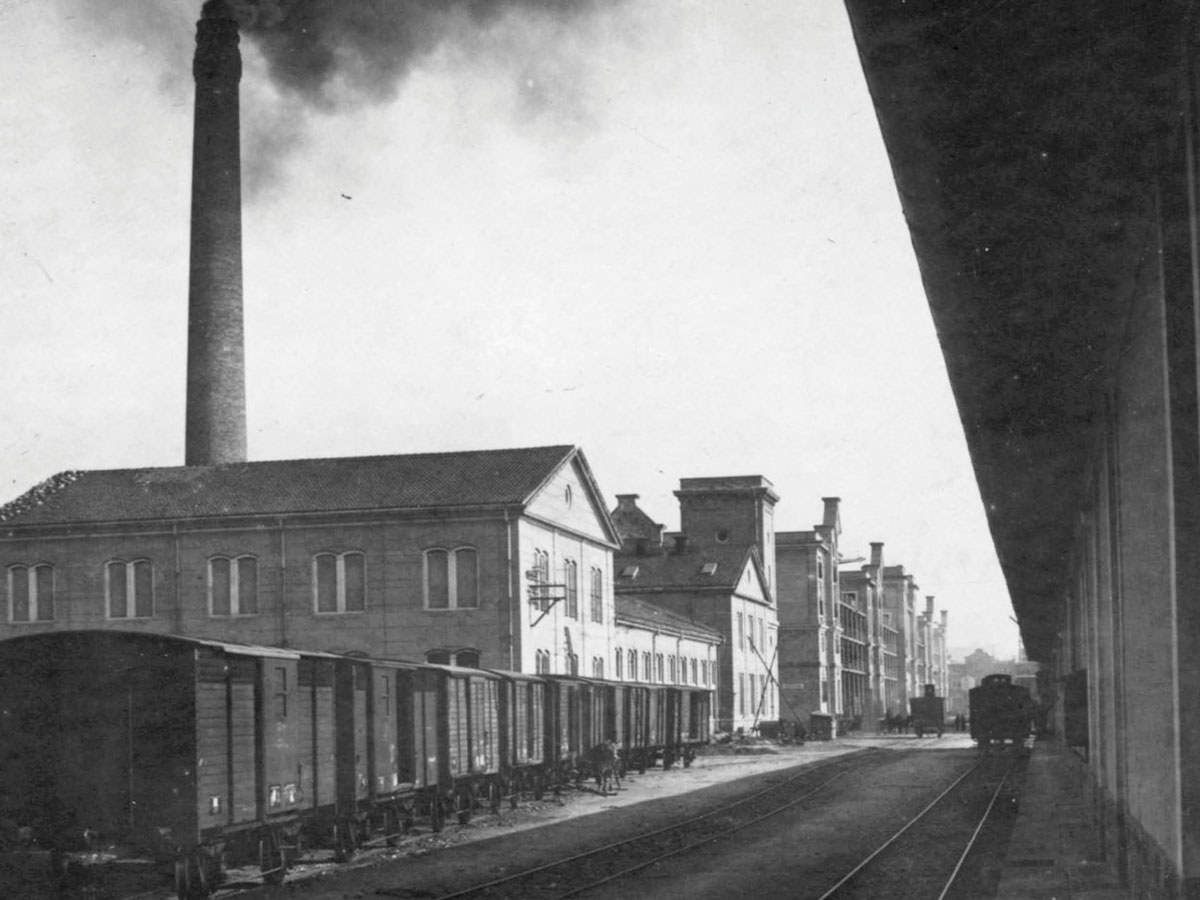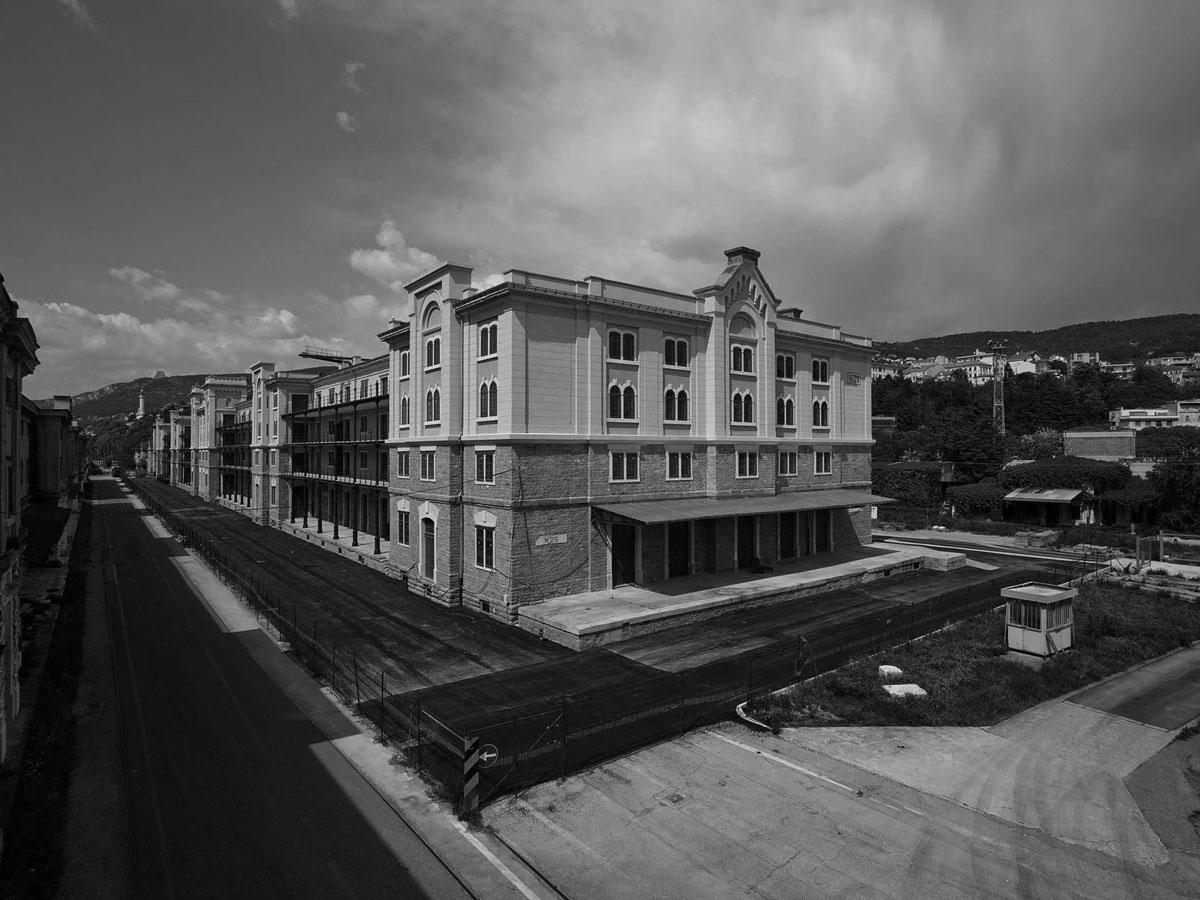History
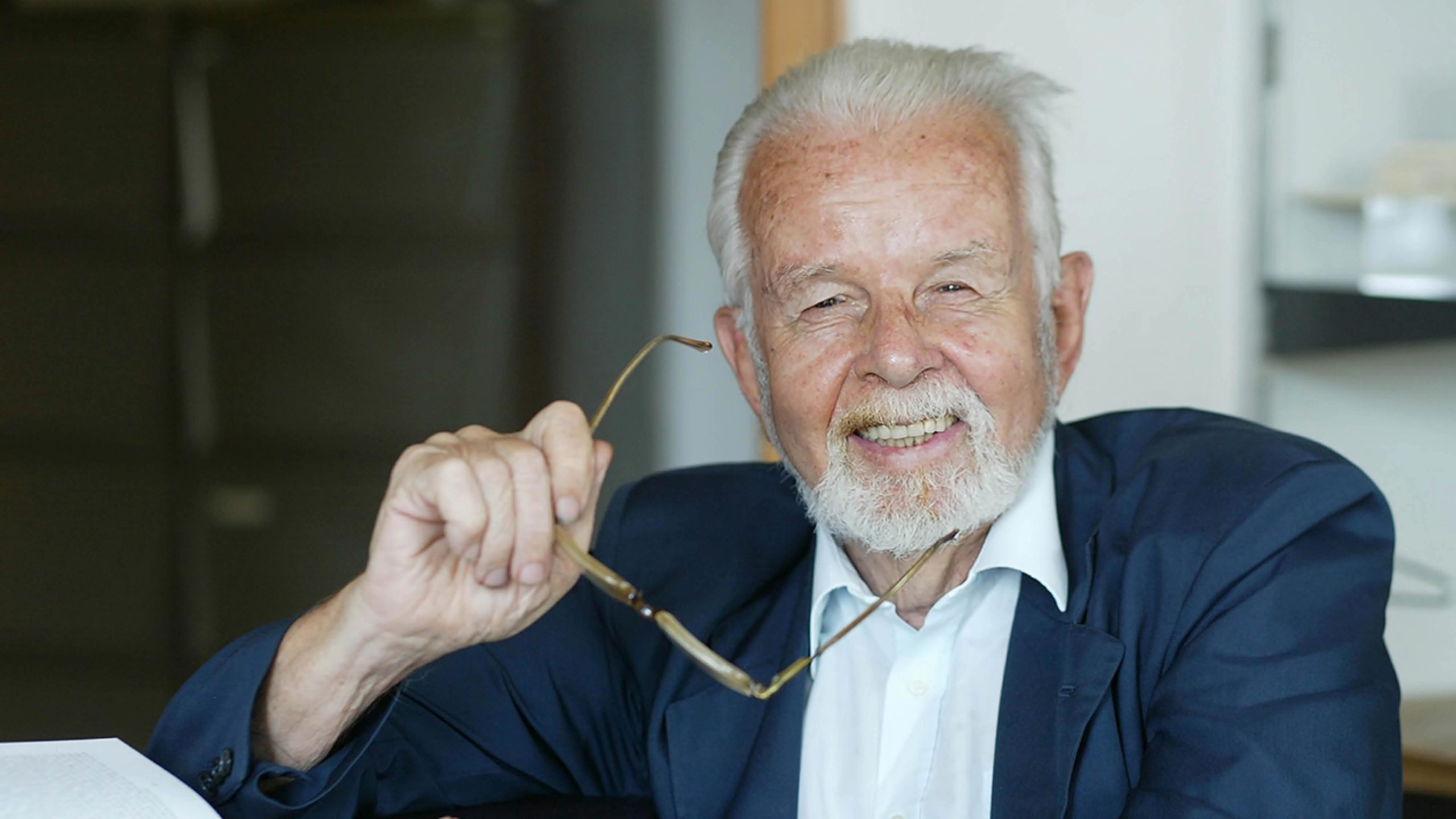
Immaginario Scientifico comes from an idea of Paolo Budinich (1916-2013), internationally renowned physicist and father of the Trieste Science System.
1986
"... I found myself having to invent an exhibition on science, so I discussed it with Nino Borsellino... We decided to focus on science images... Our ambition was to have different levels of interpretation: the first one was to be obvious and spectacular; the second one was to show the meaning and scientific use of images... and the third one, the most ambitious, was that to convey the cultural content of the laws of nature..."
The exhibition Imaginaire Scientifique opened at La Villette in Paris in May 1986, as part of an event called ‘Trouver Trieste’. It was a collection of images from the world of science, accompanied by some exhibits (e.g. an odoscope) and what at the time were called ‘computer books’: personal computers that made information available to the visitors in the form of hypertexts. It was an extraordinary innovation, that challenged the univocal sequence that exhibitions and museums proposed at the time (and sometimes still do), in order to promote free and individual ways to approach knowledge.
The exhibition was translated into Italian, and brought to Naples (Futuro Remoto) and Milan (Grande Fiera d’Aprile).
1988 – 1989
In 1988 Immaginario Scientifico came back to Trieste, its place of origin, and became the first nucleus of an interactive science museum. At this stage, rather than a proper museum, it was a centre for the dissemination of science, mainly aimed at schools: it organised guided tours to the exhibition, public meetings, and teacher training courses.
Under the name “Laboratorio dell’Immaginario Scientifico,” and located at the Congress Palace of the Trieste Fair, the centre continues its experimentation for a new didactics of science, taking inspiration from the Exploratorium in San Francisco, first model of a new way of conceiving science museums.
In 1989, the Laboratorio dell’Immaginario Scientifico participated in the founding of ECSITE (The European Network of Science Centres and Museums), which now has more than 300 members.
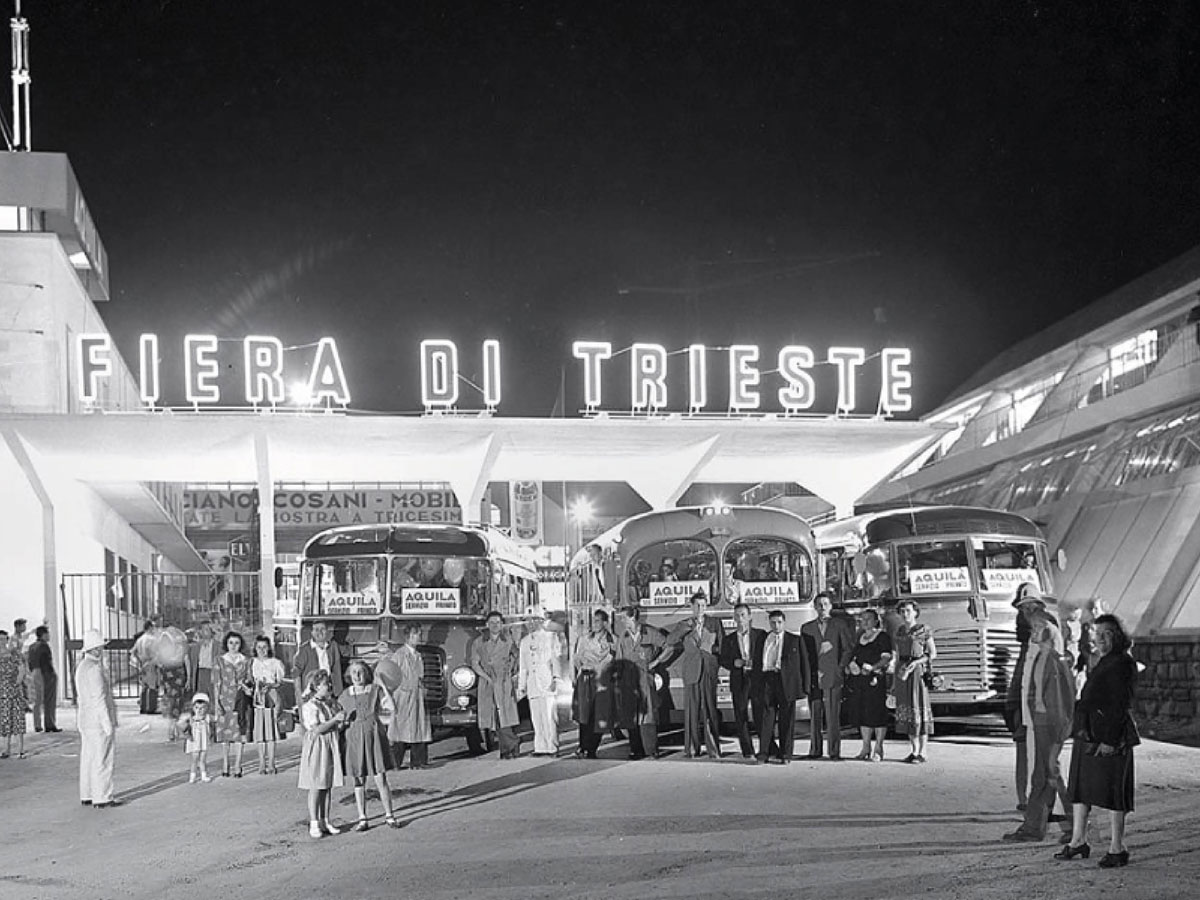
1997 – 1999
1997 is the year of the establishment of the cooperative Laboratorio dell’Immaginario Scientifico (LIS), with statutory aims in the field of dissemination of scientific and technological culture. By structuring it as a cooperative and by capitalising on the valuable experience gained, LIS turned from temporary dissemination activity to a museum institution.
In 1998, thanks to an agreement with the International Centre for Theoretical Physics (ICTP), Immaginario Scientifico moved to the Adriatic Guesthouse, in Grignano. In June 1999 it became a full-fledged science centre, with a permanent exhibition and structured educational services, accredited under Law 6/2000 with the Italian Ministry of Education and Research (MIUR, now MUR).
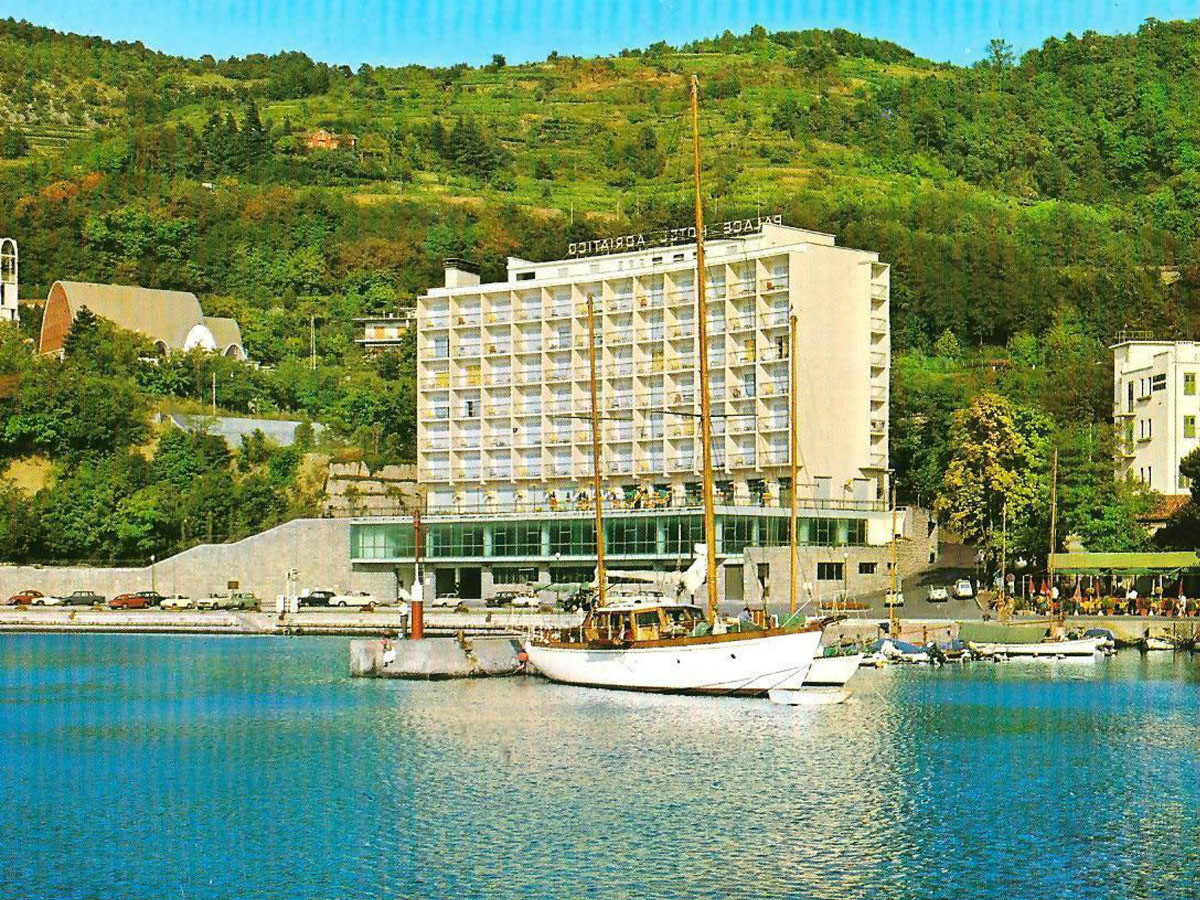
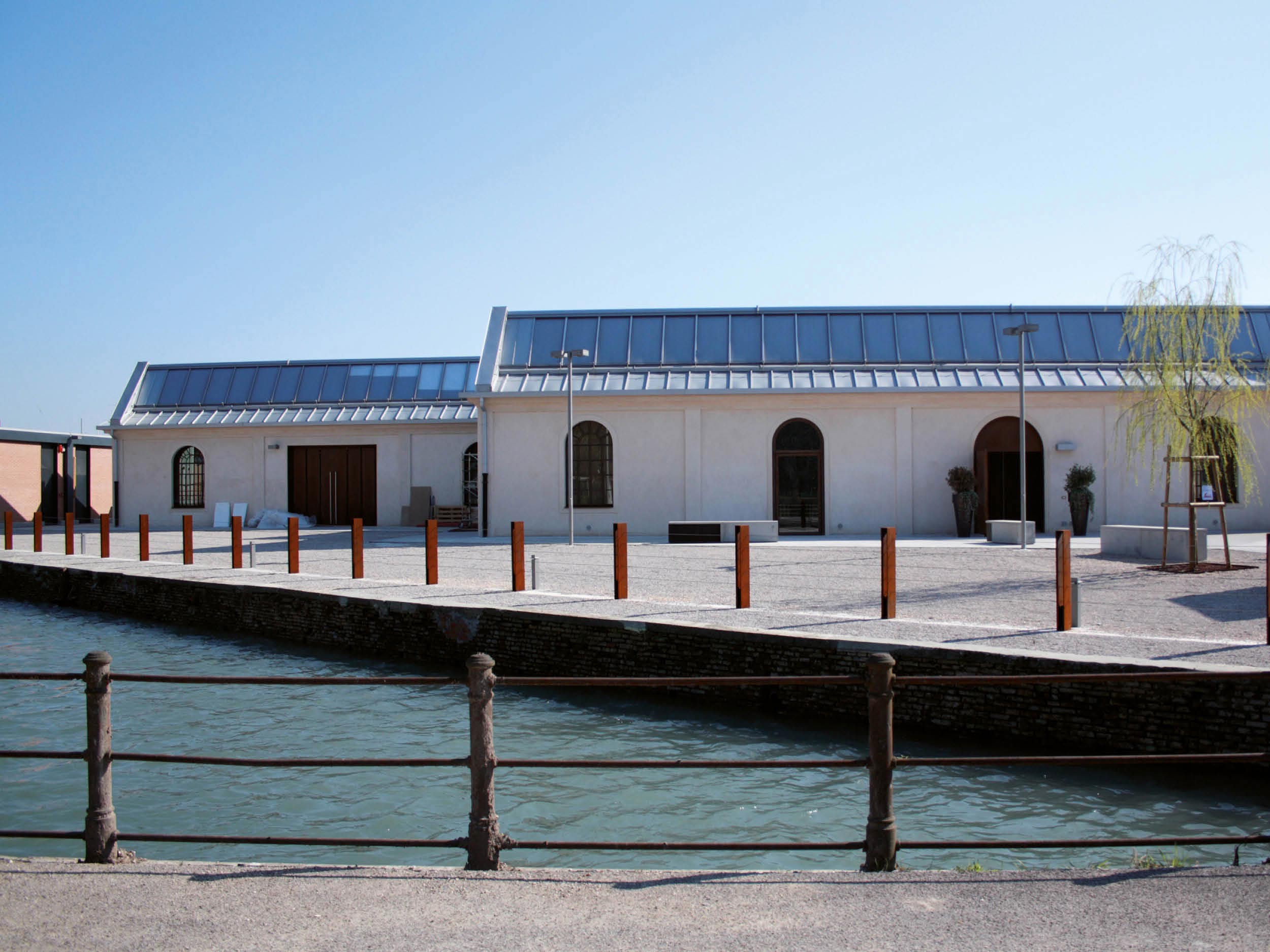
2011
In 2011, Immaginario Scientifico opened a second museum in Pordenone, in one of the buildings belonging to the Torre Cotton Mill complex.
The building, purchased in 2003 by the Pordenone Municipal Administration, underwent a valuable renovation, maintaining the building’s industrial character. At the same time, the project responded to the needs of the new function of dynamic and innovative cultural centre.
The Torre Cotton Mill was the first cotton spinning mill in the North-Eastern area, and the first major factory in the Pordenone industrial area. The construction of the complex began in 1839 and ended in 1842, while the building that now houses Immaginario Scientifico, the dyeing workshop, was built in 1843.
Thanks to the activity of the Cotton Mill, the Torre area became a factory town and saw the birth of the first organised workers’ movements.
After several changes of ownership and two world wars, the activities of the Mill finally stopped in 1984.
Inside the museum in Pordenone you will find colourful hands-on exhibits and attractive interactive paths, as well as workshops that allow visitors of all ages to come into contact with science in a direct way: natural phenomena become touchable and the underlying laws of physics become clear and understandable.
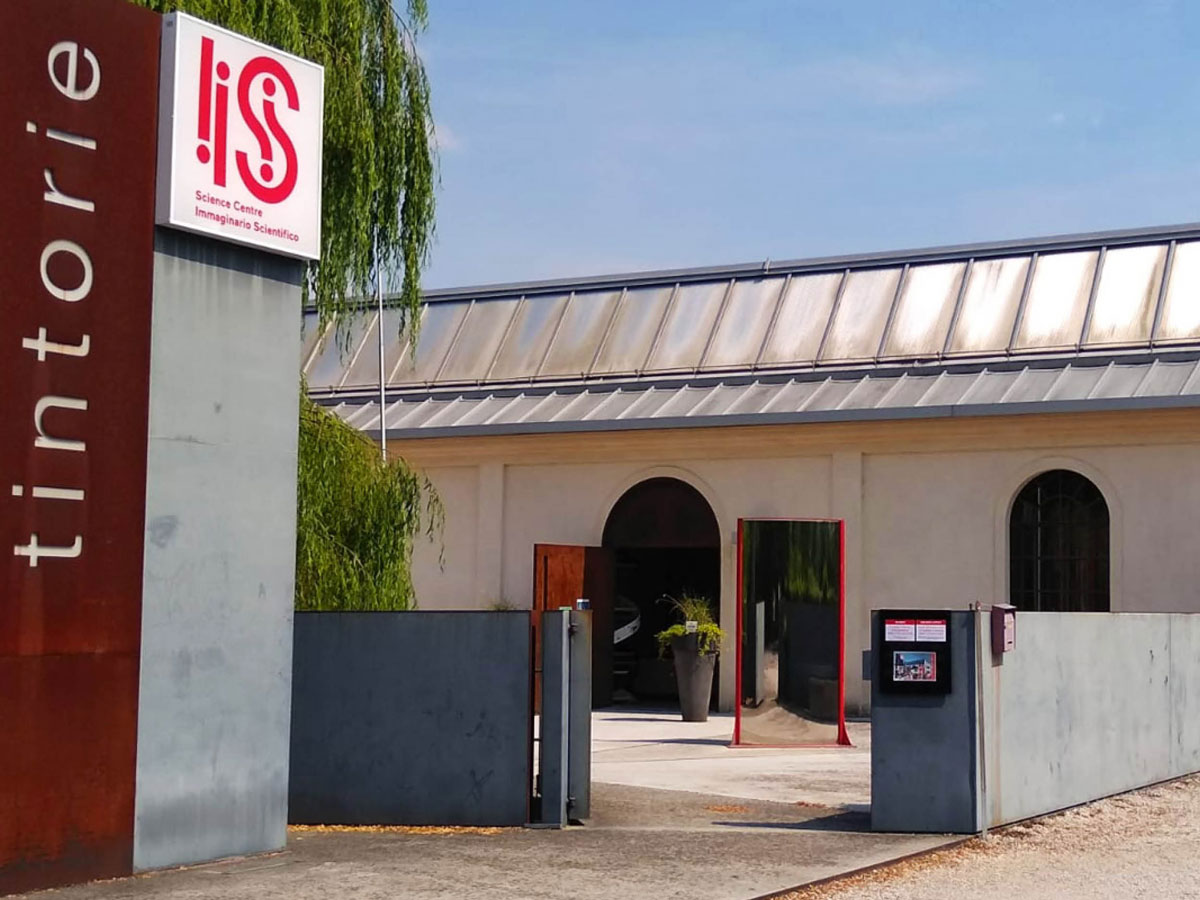
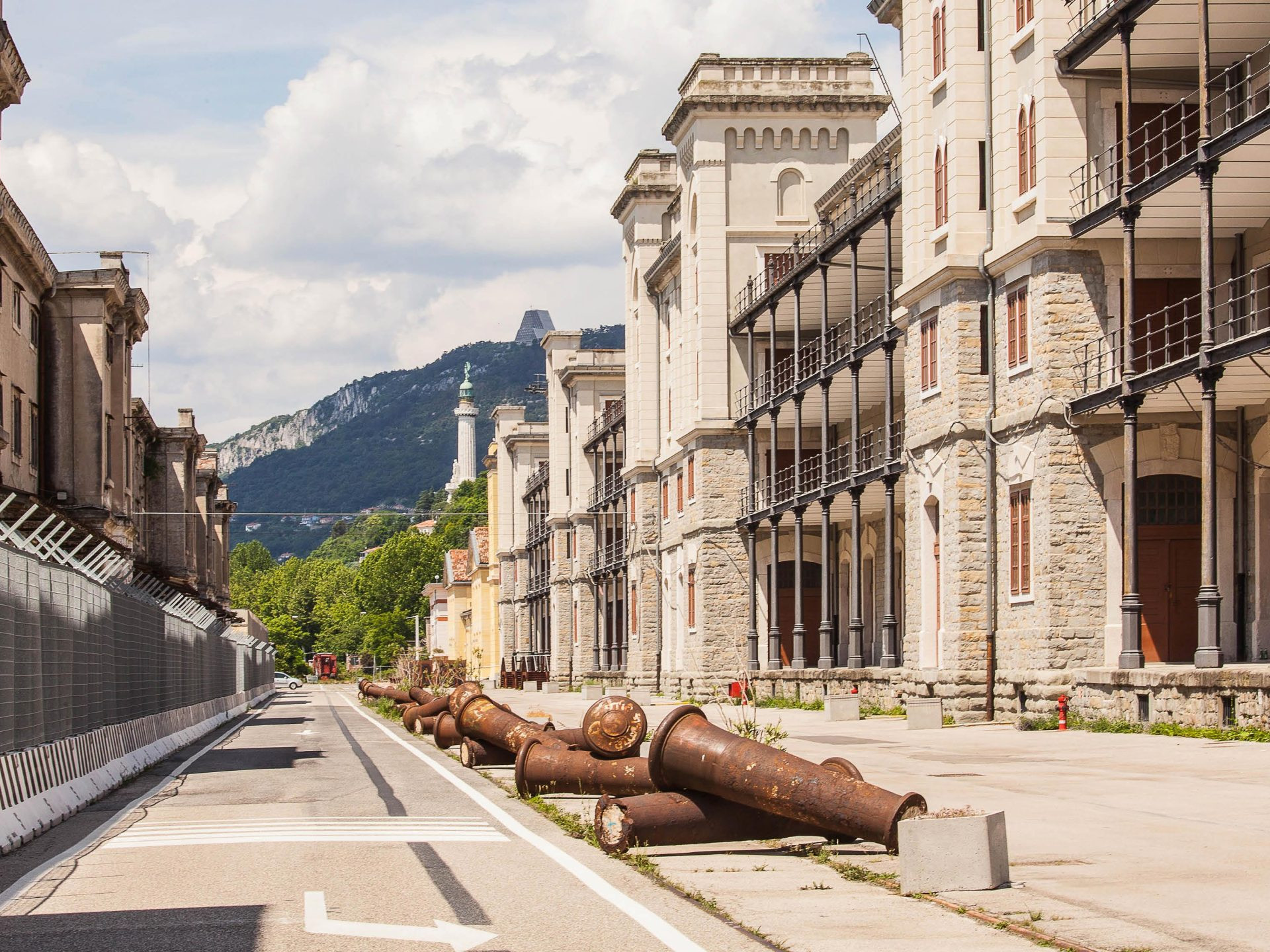
2020 – 2022
Between 2020 and 2022, the Trieste museum, head quarter of the system, moved to Magazzino 26 in Trieste’s Old Port. The new museum has multimedia, immersive and engaging spaces, that beautifully fit into the building that houses them. It is an imposing and prestigious builing, recently renovated, with architectural elements, environments and atmospheres deeply linked to the history and culture of the city.
Here there is space for interactive devices, through which visitors can to discover not only natural phenomena but also the most innovative applications of science and the research activities of the entities of Trieste’s scientific system.
The Porto Vecchio (Old Port) of Trieste was built between 1868 and 1887 under request of the Austro-Hungarian Empire, which wanted to have a large port.
It covers an area of over 600,000 square metres, with port facilities, warehouses, hangars and special buildings of high architectural quality.
Since August 2021, the Old Port has been under the Italian Ministry of Cultural Heritage and it is currently undergoing renovation and redevelopment for new uses, while respecting its historical identity.
Magazzino 26, built in 1880, is the largest warehouse in the Old Port. Its more than 30,000 square metres contain all the post-industrial charm typical of the city’s old free port, with elements that emphasise its elegance and solidity: exposed brickwork, wooden or cement floors, iron beams, girders and cast-iron columns with Corinthian capitals. The restoration project, completed in 2008, has made it a suitable location for museums and cultural events.
